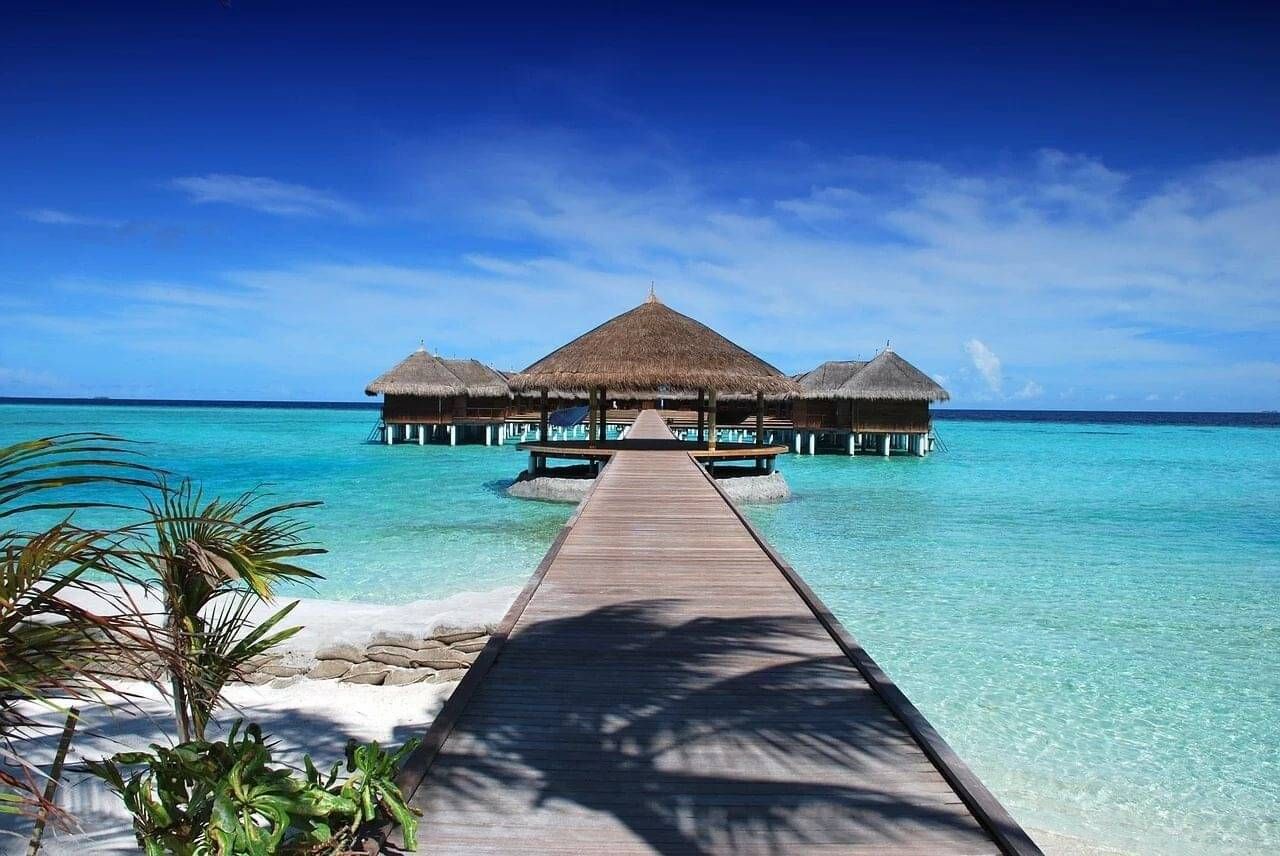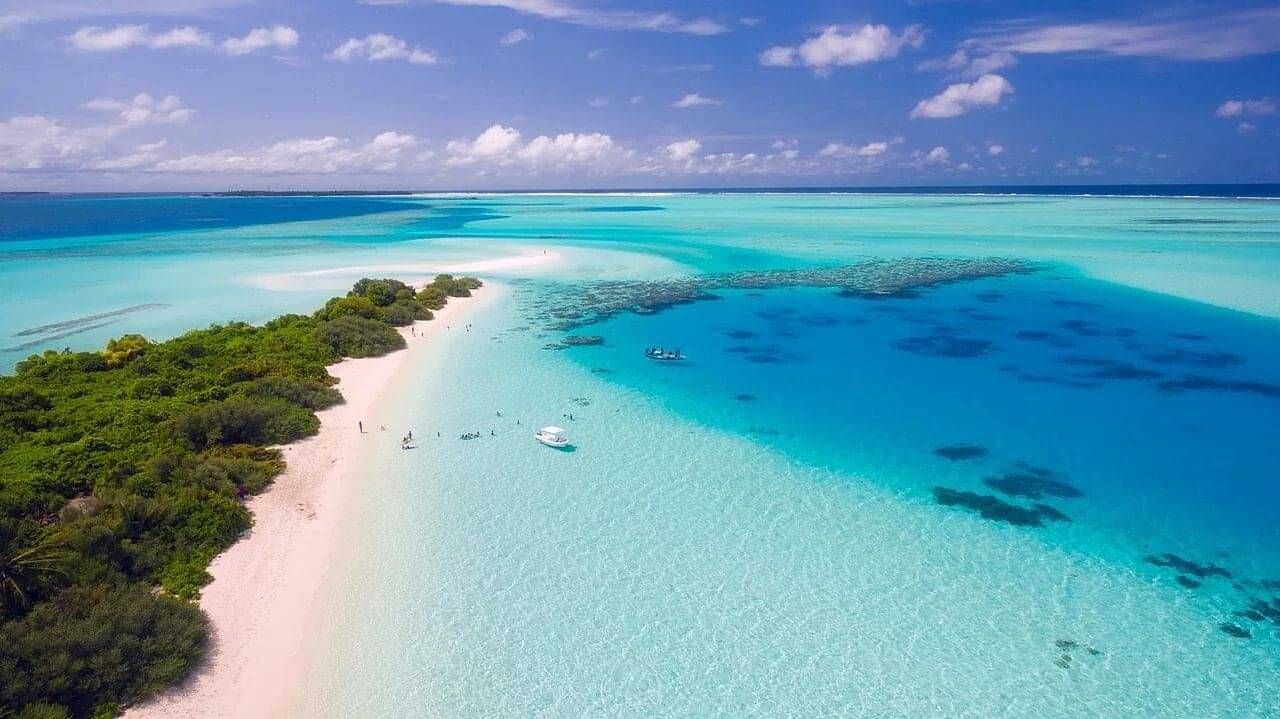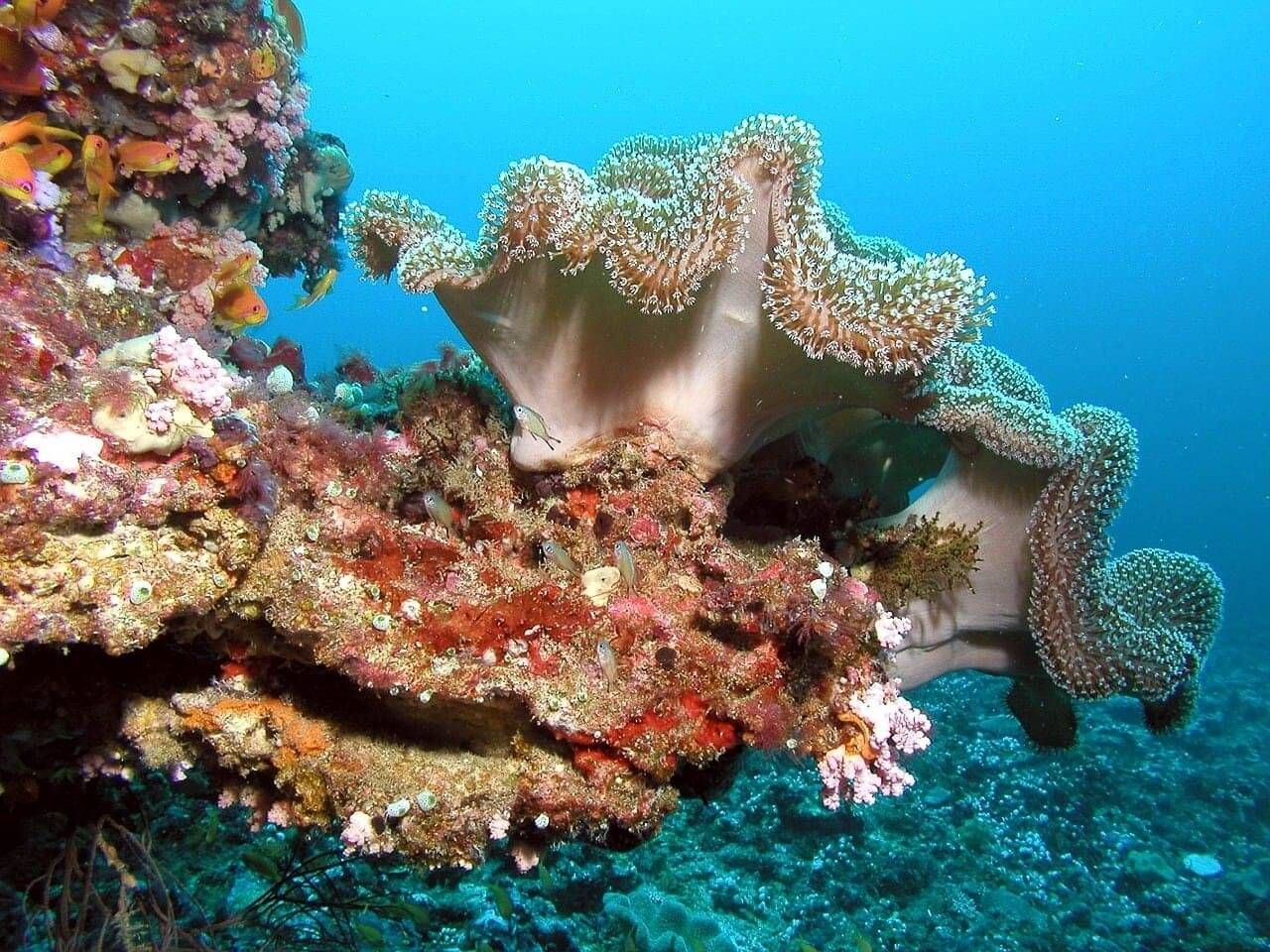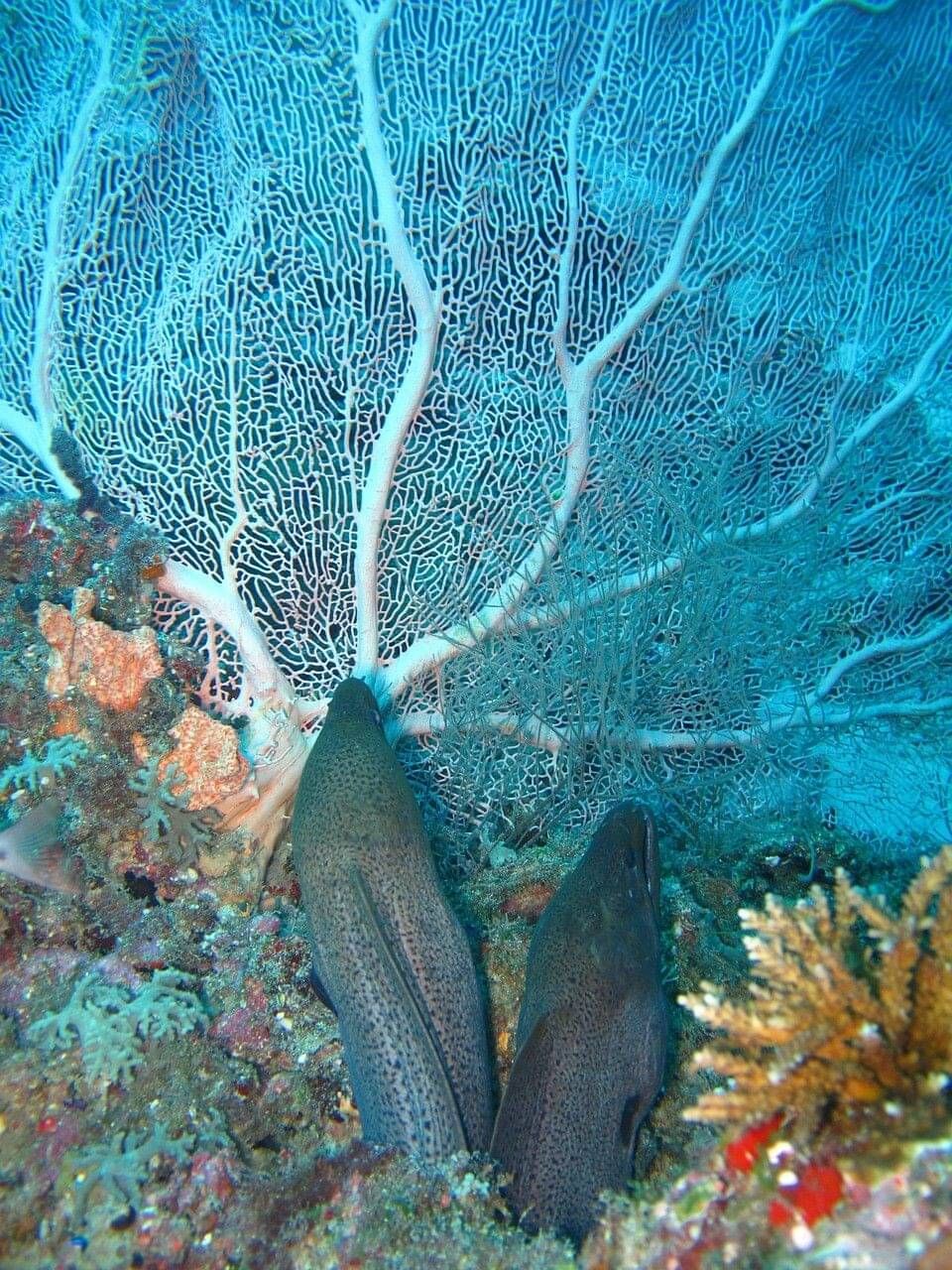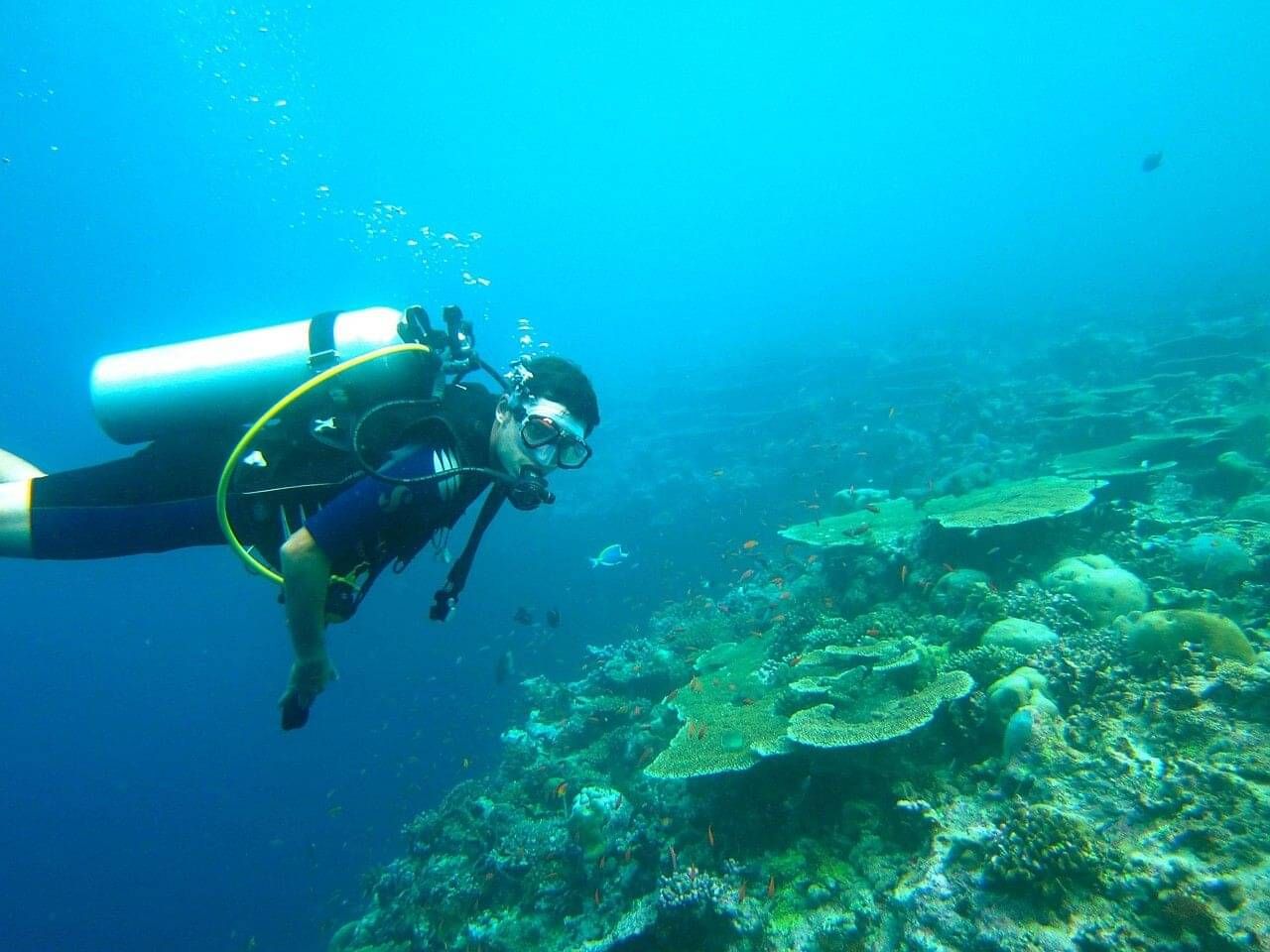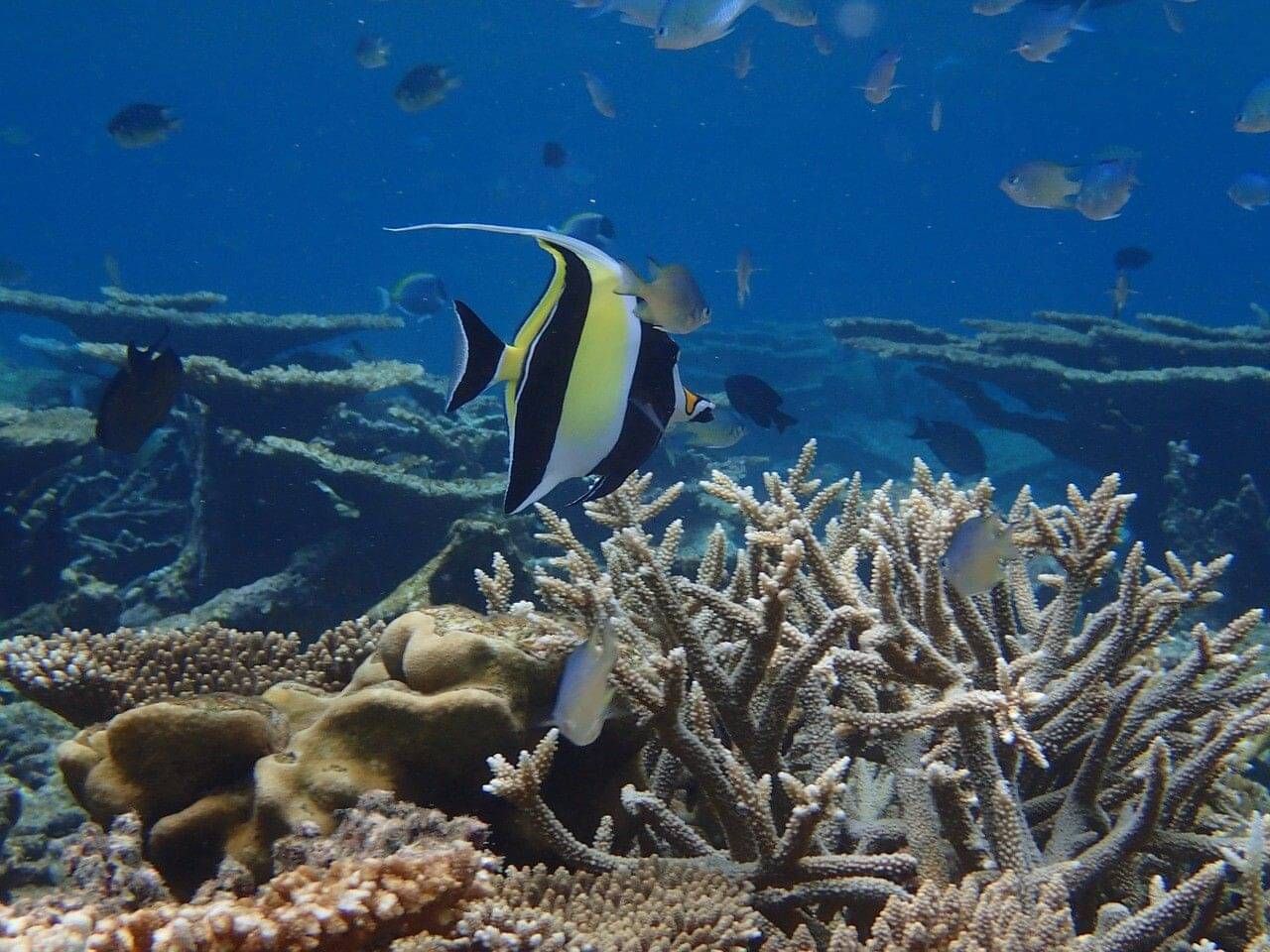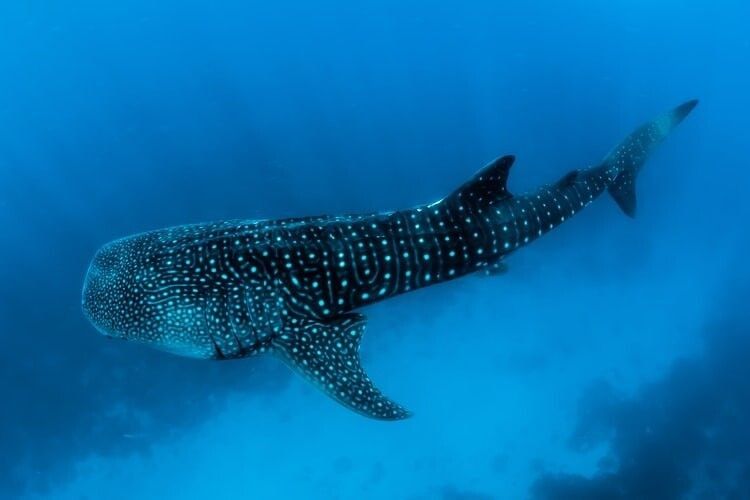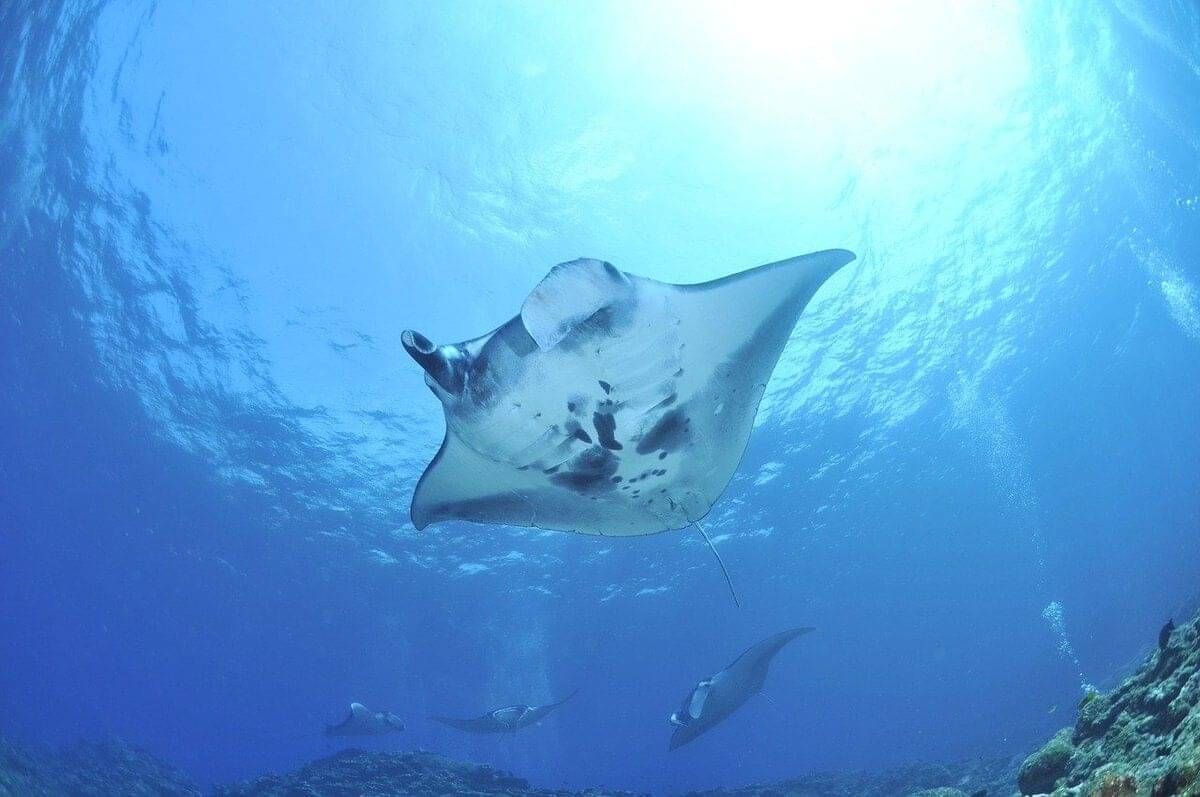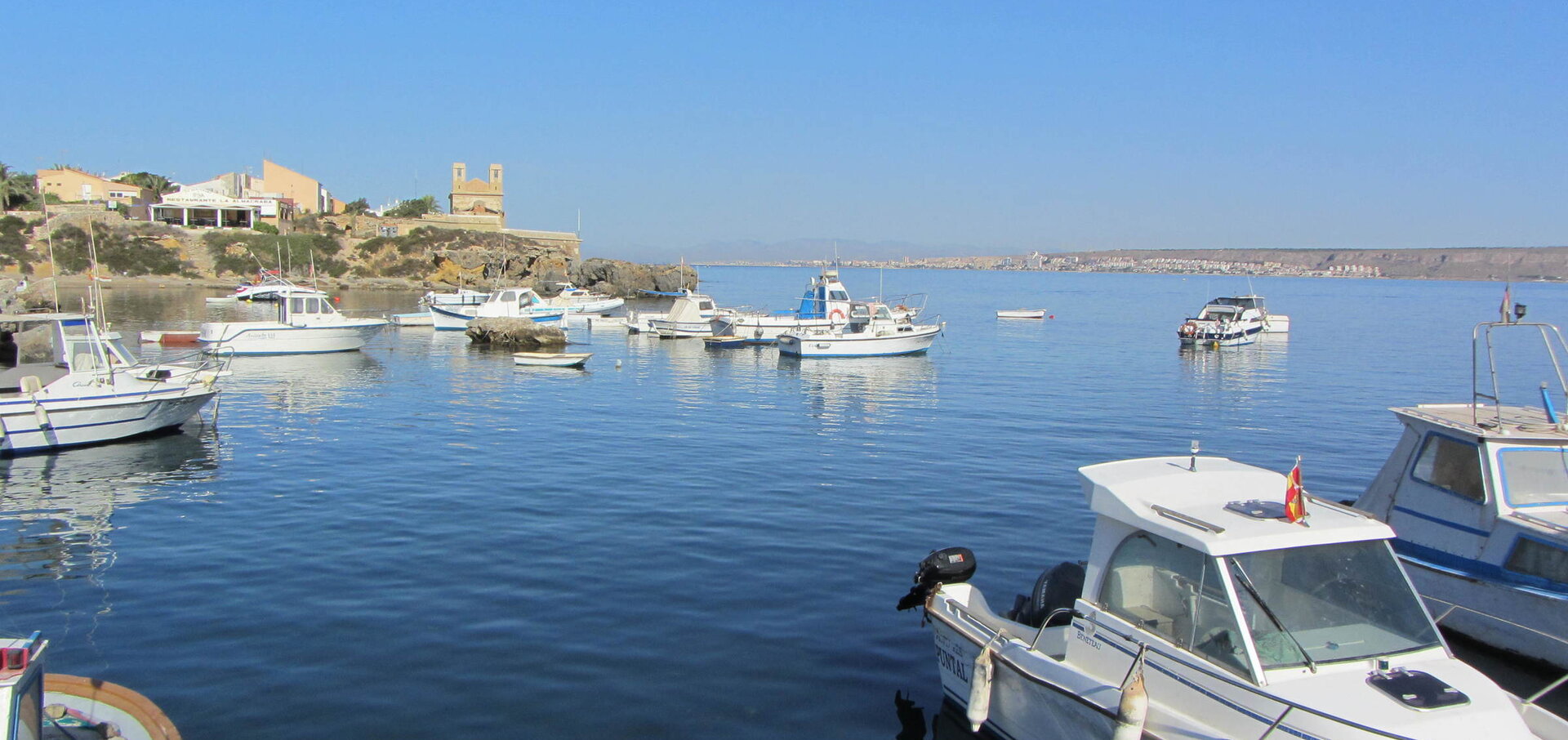The Maldives
About:
When asked to picture a tropical island, the Maldives may be the most common. It is the perfect picture of islands surrounded by gorgeous blue seas, reefs and white sandy beaches. Because the islands are quite small, there is a fair amount of privacy, with small numbers and quiet days. There are quite a few islands to choose from, so we’ll be talking in a general sense, however the islands we have dived/snorkelled are: Hudhuranfushi, Meedhupparu and Chaaya Reef.
The Maldives is the smallest Asian country by land area, and one of the world’s most geographically dispersed sovereign states. It is known as an oceanic mountain range, and the overall land mass of the Maldives is much larger than the actual amount of land that lies above sea level.
Because the Maldives is relatively isolated, the marine life there is incredible. This is not only because of its tropical waters, but the isolated nature of the islands themselves. The currents are seasonal, and these currents transformed the Maldives into a series of atolls. The best things about atolls are that they encourage impressive marine ecosystems.
When:
Diving in the Maldives, can be year round. There isn’t really a ‘best’ time to choose, as it is relatively consistent. Tropical temperatures on land and water temps ranging between 26-30℃, there's always perfect temperature for diving. If you want to dive with whale sharks and manta rays, August-November are the best months for this.
There are generally 2 diving seasons in the Maldives:
December to April - this is the Maldivian summer, evident through the drier conditions and a current that flows through the atolls - North East to South West. Visibility may drop slightly during this season in the West, but it’ll still be above average. Most of the liveaboards operate from November to May sort of time.
May to December - Dive sites in the West have perfect visibility in these months - the current flows from South West to North East. Slightly cooler water temperatures encourage wildlife to the surface a little more - particularly sharks. In this season, whale sharks and manta rays tend to stay in the Eastern edge of the atolls - sea conditions may be slightly rougher too because of a slight increase in rainfall, but by no means tough.
It should be noted that May and November are the equinox months for the Maldives - this is the transition time of the Monsoon. Currents may be slightly less predictable and visibility may change. These months are usually the less expensive months for travelling, and in recent years there has been less predictability in the changing of the seasons so don’t be afraid to travel there during these months for the smaller price tag.
Getting there:
Getting to the Maldives can be a time consuming journey, but it’s well worth it. It can seem complicated, but with a little pre-planning it’s easy. From the UK the flight time is usually between 10 and 11 hours. Connecting flights can be as short as 12 or 13 hours, but this does depend heavily on the layover.
International visitors will have to fly into Malé International Airport (AKA Velana International), as it’s the only airport in the Maldives that takes flights from multiple places. Once you have arrived, you will be greeted by a representative from your resort and they will take you to your island by seaplane or speedboat. You must arrange these transfers through your resort at your time of booking - they are not any public transport options available at the airport (your resort will most likely inform you of the best transfer method). Seaplane is the faster option, and it can allow for some gorgeous views, but it is also more expensive. Speedboat on the other hand will take anywhere from 10 minutes to 2 hours. The speedboat transfers are available 24 hr, but the sea plane only operates from 6am to 4:30pm.
Diving:
The diving in the Maldives is quite simply phenomenal. The water temperatures were so warm, we did not even wear wetsuits when we dived - just undersuits, and even this was almost too warm. For those unsure, we would recommend 2/3mm shorties.
There are many liveaboards available for the Maldives - and we can see why. Spending all day diving in paradise? Yes please.
The diving itself is done at a leisurely pace - the water is not rough and the currents are minimal. Due to the nature of the islands being atolls, the coral reefs and marine life that live in them is in abundance. In the channels between atolls there are swim-throughs, caverns, lots of coral and an array of sponges - something for everyone. Also, there are a multitude of cleaning stations you are able to visit, this ensures that there are high chances of seeing amazing marine life like turtles, whale sharks and manta rays.
The type of diving available are both shore and boats dives. The islands allow for very easy entry to the water, and boats usually don’t need to travel far for perfect dive sites. Sometimes there can be an extra fee for boat diving - likely around $10.
Marine life:
What to expect diving in the Maldives: turtles, reef fish, dolphins, rays, manta rays, stonefish, reef sharks, hammerheads etc.
Who to dive with:
This will depend on the island that you choose.
